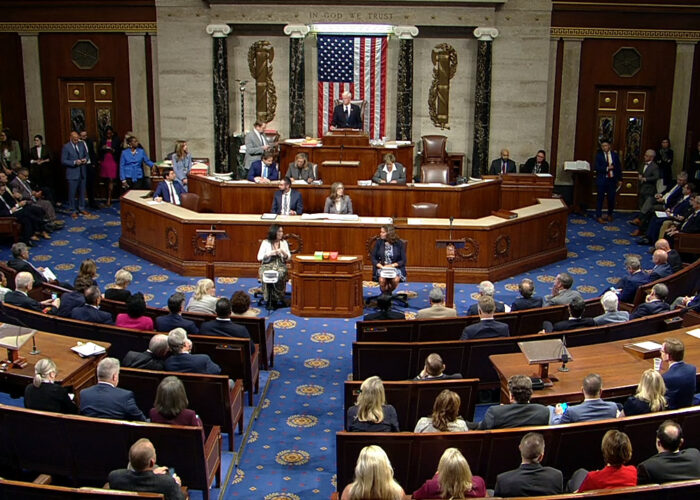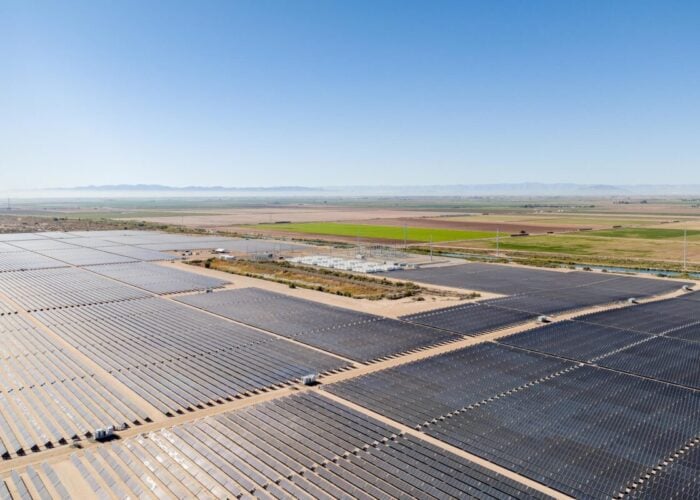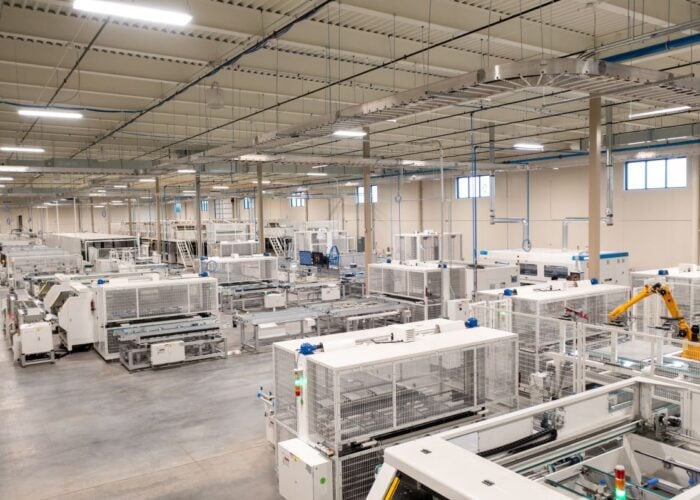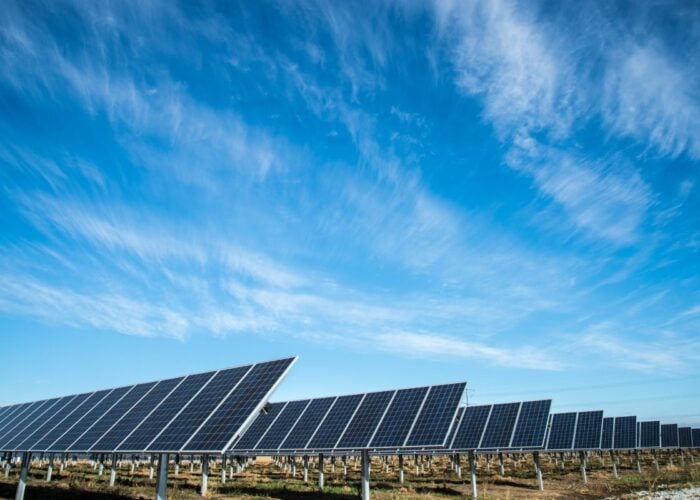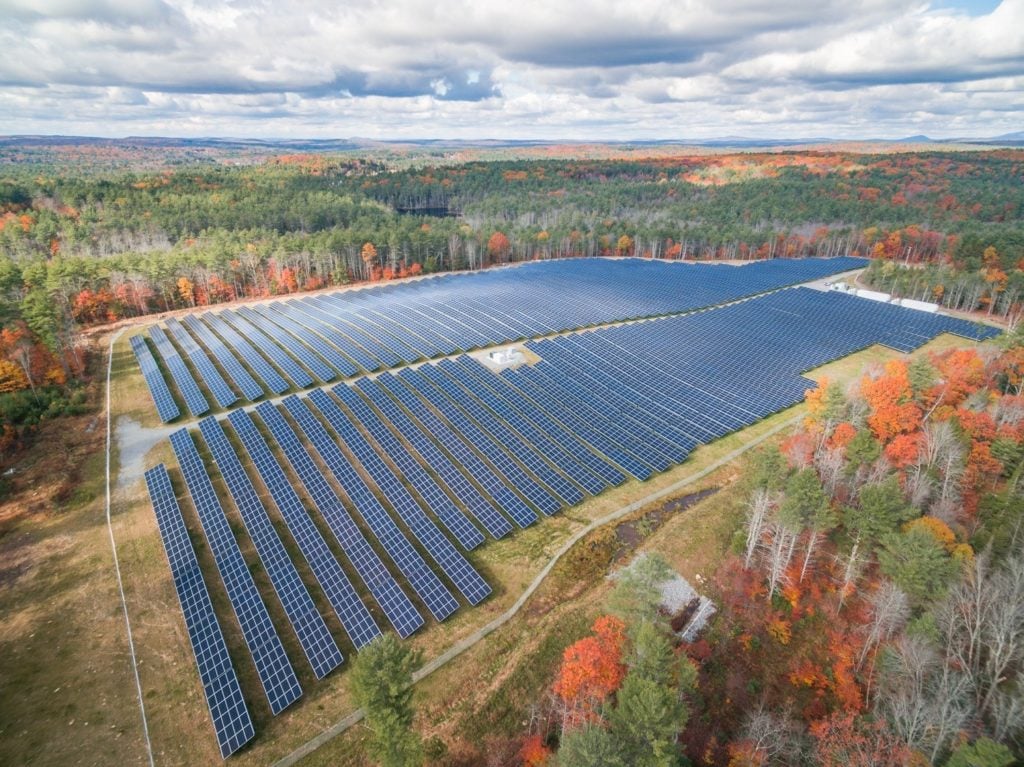
The Uyghur Forced Labor Prevention Act (UFLPA) could limit solar deployment through 2023 due to module availability constraints, delaying the benefits of the Inflation Reduction Act (IRA) to 2024 and beyond.
That’s according to a report released by trade body Solar Energy Industries Association (SEIA) and analysts Wood Mackenzie that estimates the UFLPA – which went into effect on 21 June 2022 – as well as the alleged circumvention of antidumping and countervailing duties (AD/CVD) have negatively impacted the solar industry this year.
Unlock unlimited access for 12 whole months of distinctive global analysis
Photovoltaics International is now included.
- Regular insight and analysis of the industry’s biggest developments
- In-depth interviews with the industry’s leading figures
- Unlimited digital access to the PV Tech Power journal catalogue
- Unlimited digital access to the Photovoltaics International journal catalogue
- Access to more than 1,000 technical papers
- Discounts on Solar Media’s portfolio of events, in-person and virtual
Solar installations forecasts have dropped to 15.7GW for 2022, the lowest total since 2019, despite the waving of solar tariffs from Southeast Asia for two years and the support contained with IRA.
This is due to the UFLPA delaying module shipments thanks to new import documentation demanded by the US Customs and Border Protection (CBP) agency.
Despite continued supply chain constraints this year, the solar industry accounted for 39% of all new electric generation capacity added in the first half of 2022, with the US solar market now accounting for nearly 4.5% of the country’s power mix.
Moreover, the solar industry has installed just 4.6GW of solar capacity during Q2, a 12% decrease from Q2 2021 that was already an poor quarter given the impacts of the pandemic. This has been caused by supply chains and logistical constraints as well as the uncertainty of the AD/CVD investigation, with its preliminary decision postponed until 28 November instead of the end of August 2022.
The uncertainty has affected the utility-scale solar segment the most, which deployed 2.7GW in Q2 2022, a 25% decrease from Q2 2021, according to the report.
Meanwhile, demand for rooftop solar has reached “historic highs” by setting a record for the fifth quarter in a row, with 1.36GW installed during Q2 2022, a 37% increase from Q2 2021. This has been primarily due to the continued increase of electricity prices in the US along with more frequent power outages causing homeowners to turn to residential solar system that can ensure energy supply and lower household costs.
The IRA is expected to add an additional 7.3GW in residential solar capacity by 2027, with the standalone tax credit across all markets expected to also improve grid reliability.
Michelle Davis, principal analyst at Wood Mackenzie and lead author of the report, said: “Ten years of investment tax credits stands in stark contrast to the one-, two-, or five-year extensions that the industry has experienced in the last decade. It’s not an overstatement to say that the IRA will lead to a new era for the U.S. solar industry.”
The signing of the IRA will help the US solar market add an extra 62GW of solar PV capacity through 2027, with the benefits of the bill starting to be noted in 2024, according to the report.
Over the next five years, the utility-scale sector will lead the solar industry with 162GW of new capacity additions, revised up by 52GW since the passage of the IRA, while all US solar markets will nearly treble in size from 129GW today to 336GW by 2027. PV Tech has previously reported how the IRA will “dramatically change” the outlook for solar in the US, with Wood MacKenzie increasing its utility-scale deployment forecasts by 86%.
“This report provides an early look at how the Inflation Reduction Act is going to transform America’s energy economy, and the forecasts show a wave of clean energy and manufacturing investments that will uplift communities nationwide,” said SEIA president and CEO, Abigail Ross Hopper.

